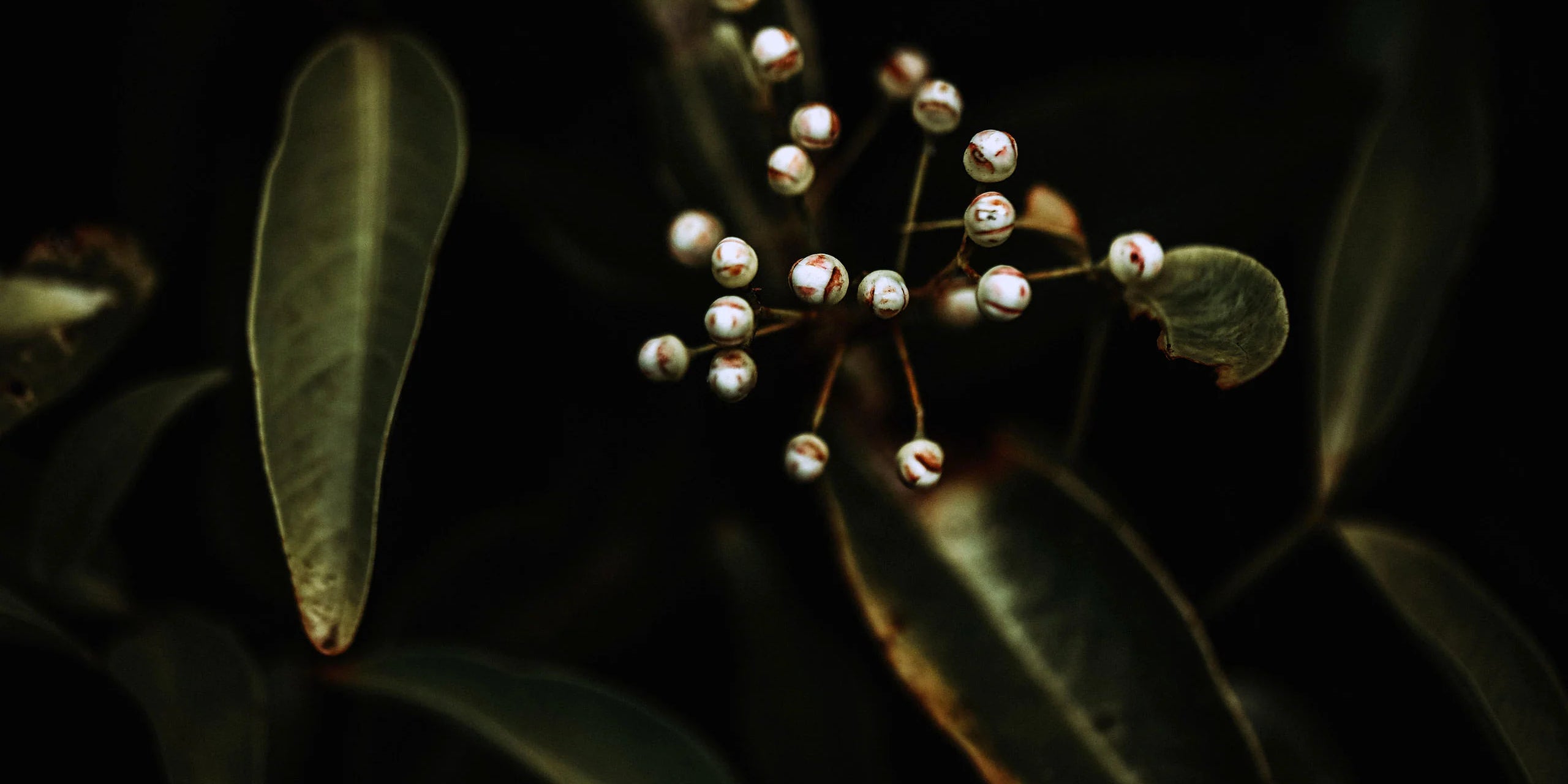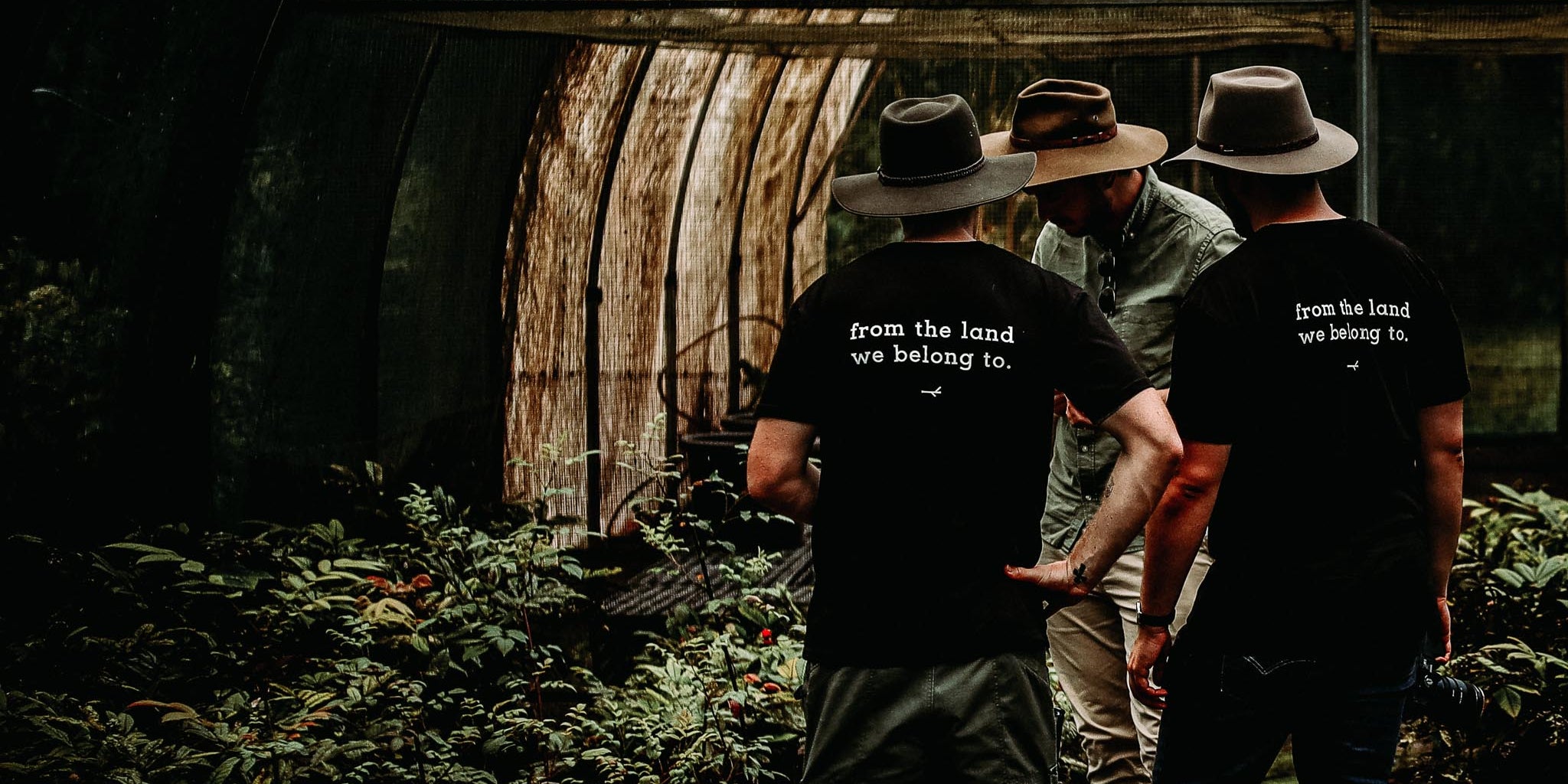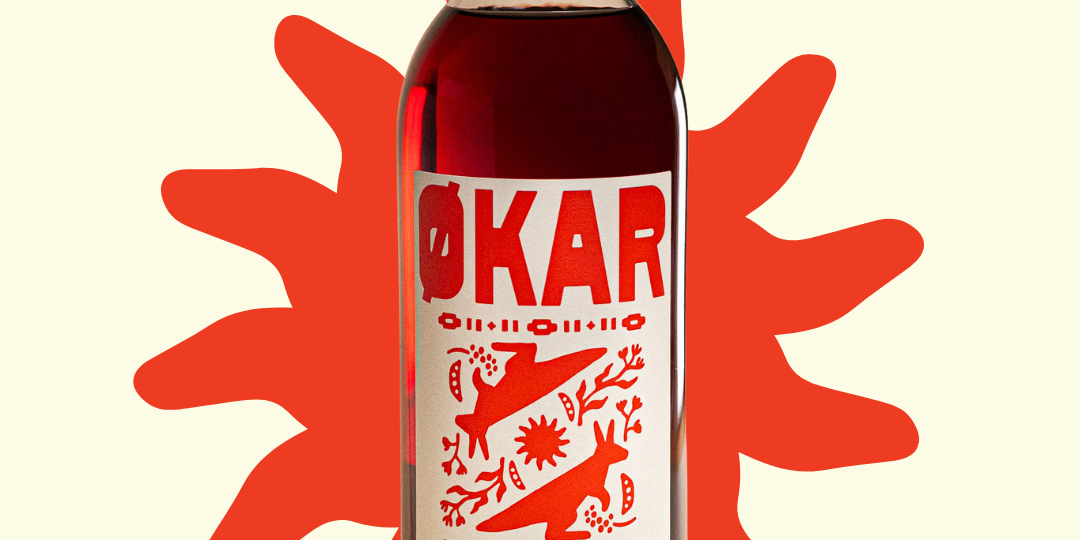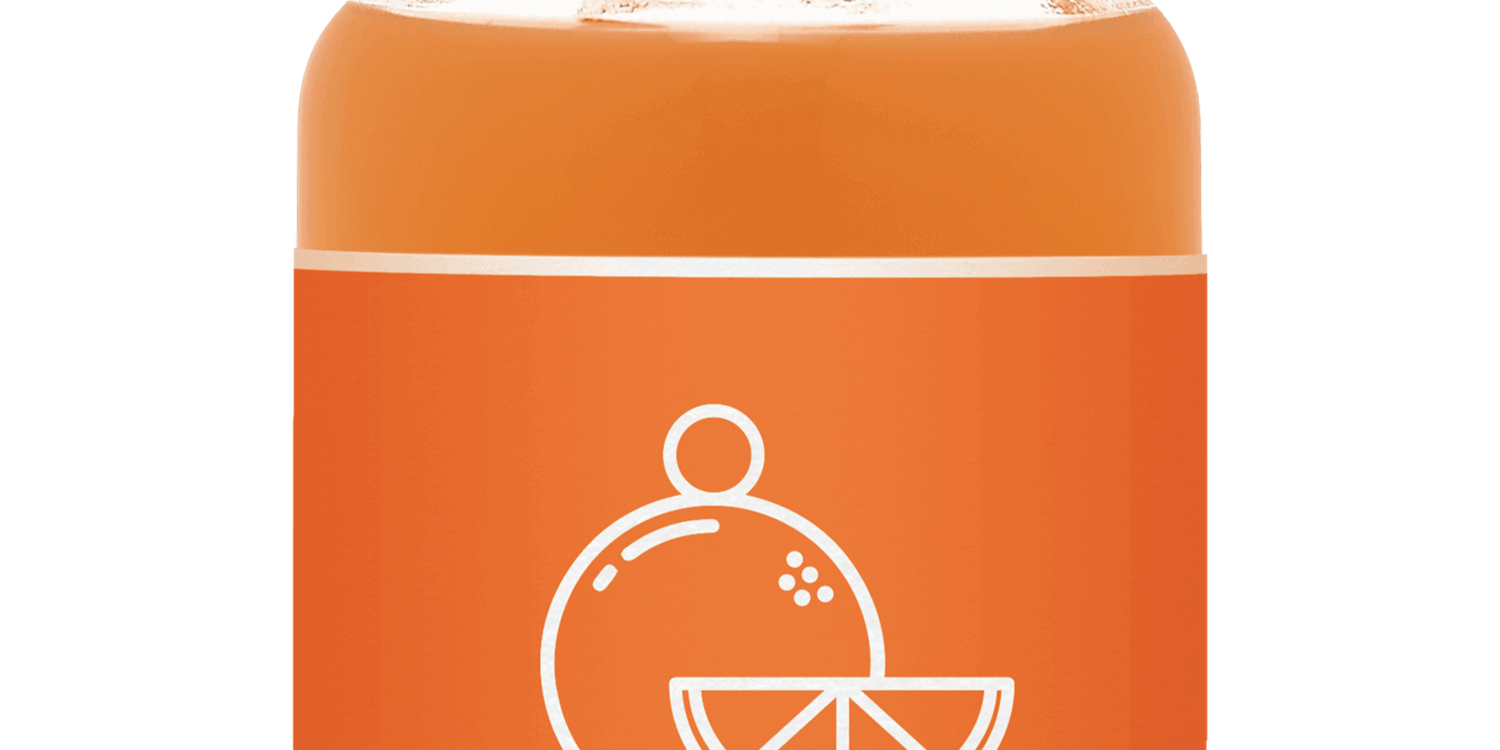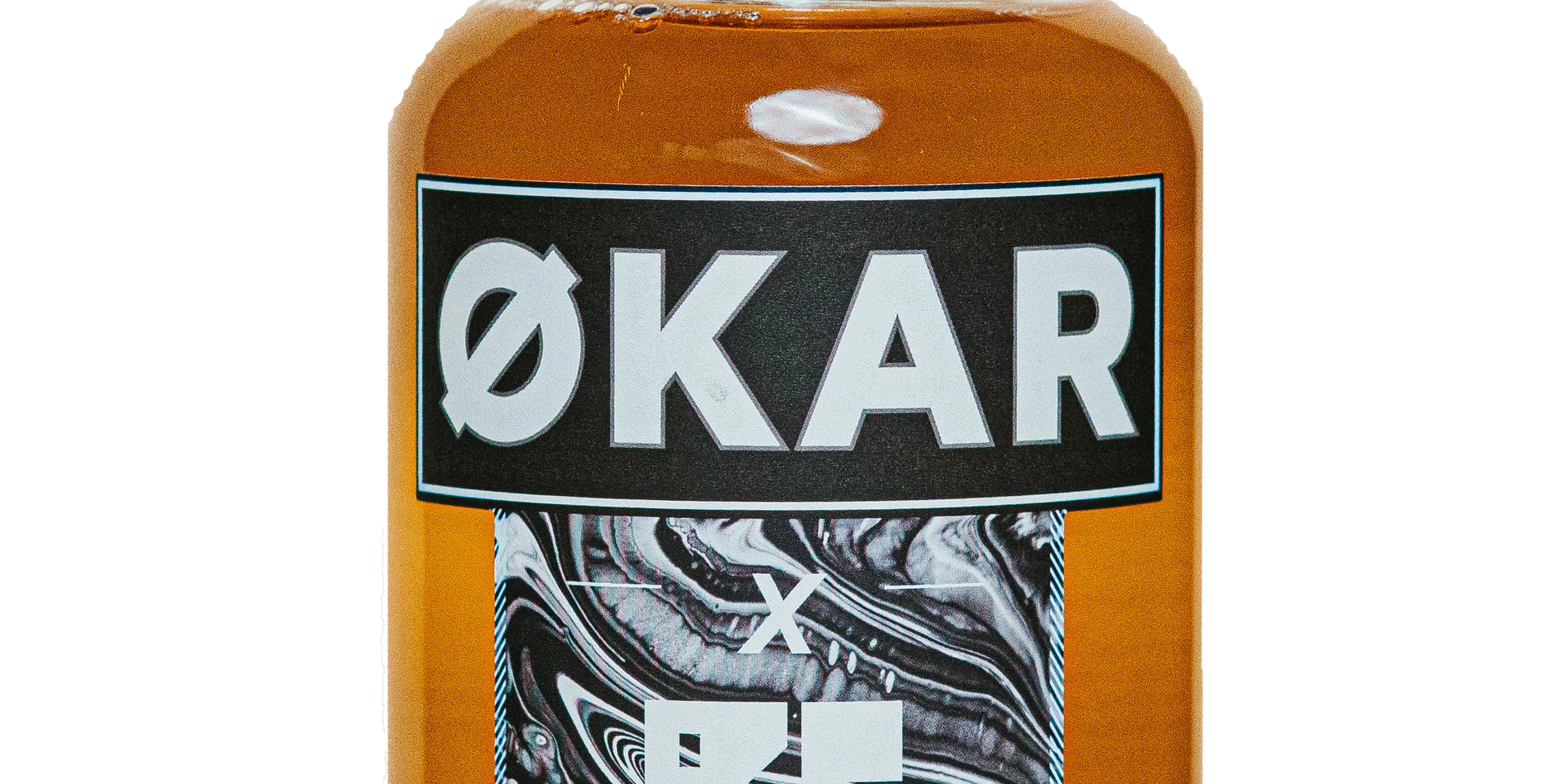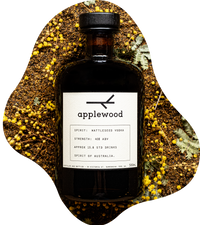It's rare to find an Australian Native ingredient that's actually sweet - the untamed nature of our unique landscape has influenced the flavour of our native flora immeasurably. Most the native ingredients we've used have been incredibly, bitter, acidic or tart - Muntries (Kunezea pomifera) are a stark contrast.
Native to the southern parts of the country, places like Victoria and particularly close to home for us on the Eyre Peninsula and Kangaroo Island, it thrives in damp and sandy soils. From an etymological aspect, it's one of the first known words for a native ingredient that actually stemmed from the Indigenous word for it, originally stemming from both Kaurna and Ngarrinderi languages - among another 400 or so that have been integrated into Australian English.

Muntries were an important commodity for the Indigenous Australians of the south and early settlers alike. Alongside an essential food source, Ngarrinderi peoples used Muntries as a currency to trade with neighbouring tribes for tools, while early settlers made cakes and chutneys from them.
They eventually became a very popular native flora, as they were one of very few to be sent back to the United Kingdom for cultivation and are still cultivated to this very day on the Isles of Scilly, just off the coast of Wales.
Their culinary use is a reasonably simple one, their size and sweetness lends themselves for desserts - with their juniperous spice adding another dimension when utilised. One of the best directions in using muntries - in recipes that either call for Apples or Sultanas, use Muntries! A unique ingredient from our wild landscape, well suited for a spicier gin, the inevitable route taken when crafting our Muntrie Gin.

